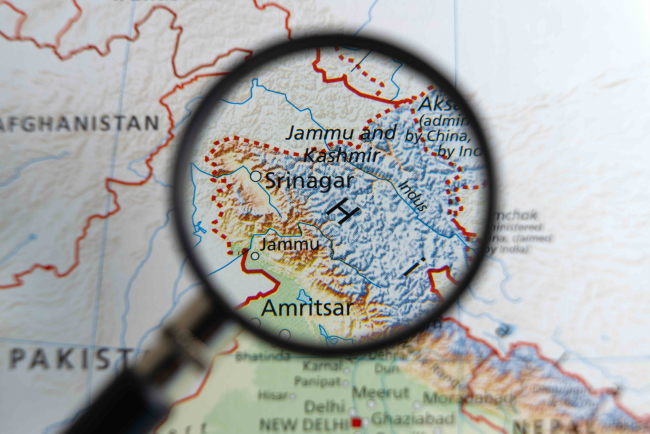Globalization of Japanese firms: Long-run Trends, Cross-sectional Variations, and Policy Implications

Japanese firms are increasingly involved in various global business operations - not only in traditional international trade in goods, but also in offshore production and the new mode of globalization: offshore outsourcing.
While it had been persistently low, the share of international trade in the Japanese national economy began to rise at the start of the 21st century. Cross-border relocations of production are likely to be at least partly related to shrinking trade surplus.
Japanese manufacturing firms produce more and more of their outputs abroad. The production networks of Japanese multinational firms are deeply integrated with intra-region international trade in East Asia.
Cross-border outsourcing between firms without ownership relations is of increasing importance in international trade, though only a limited number of productive large firms are actively offshoring. The range of offshorable tasks has been expanded from production of intermediates to wider varieties of service functions through the development of information technologies, but our firm-level analyses suggest that complex tasks such as R&D remain largely outsourced within the same country. The role of innovation in Japanese competitiveness should be emphasized in this context.

Available in:
Regions and themes
ISBN / ISSN
Share
Download the full analysis
This page contains only a summary of our work. If you would like to have access to all the information from our research on the subject, you can download the full version in PDF format.
Globalization of Japanese firms: Long-run Trends, Cross-sectional Variations, and Policy Implications
Related centers and programs
Discover our other research centers and programsFind out more
Discover all our analyses
RAMSES 2024. A World to Be Remade
For its 42nd edition, RAMSES 2024 identifies three major challenges for 2024.
France and the Philippines should anchor their maritime partnership
With shared interests in promoting international law and sustainable development, France and the Philippines should strengthen their maritime cooperation in the Indo-Pacific. Through bilateral agreements, expanded joint exercises and the exchange of best practices, both nations can enhance maritime domain awareness, counter security threats and develop blue economy initiatives. This deeper collaboration would reinforce stability and environmental stewardship across the region.

The China-led AIIB, a geopolitical tool?
The establishment of the Asian Infrastructure Investment Bank (AIIB) in 2016, on a Chinese initiative, constituted an attempt to bridge the gap in infrastructure financing in Asia. However, it was also perceived in the West as a potential vehicle for China’s geostrategic agendas, fueling the suspicion that the institution might compete rather than align with existing multilateral development banks (MDBs) and impose its own standards.
Jammu and Kashmir in the Aftermath of August 2019
The abrogation of Article 370, which granted special status to the state of Jammu and Kashmir (J&K), has been on the agenda of the Bharatiya Janata Party (BJP) for many decades.





